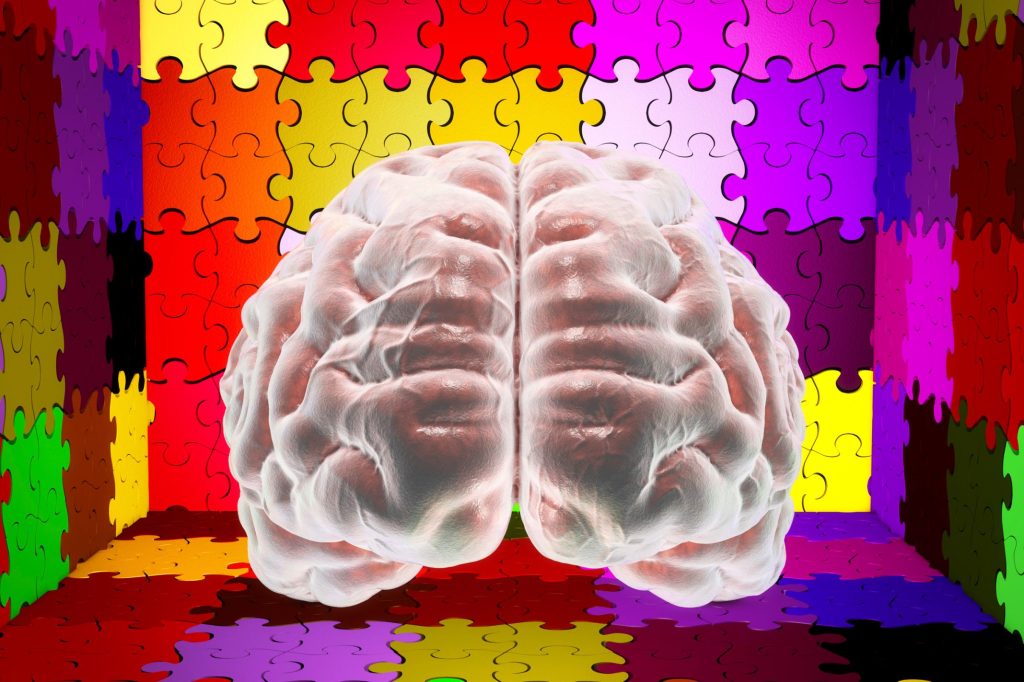A study in mice by researchers at the Institute of Science and Technology Austria (ISTA) has identified a group of amino acids that play a key role during certain stages of brain development. In collaboration with scientists at several Viennese universities Gaia Novarino, PhD, and her team at ISTA demonstrated that starving nerve cells of these amino acids leads to severe effects after birth. The affected animals developed microcephaly—a reduction in brain size—that persisted into adulthood, eventually causing long-term behavioral changes similar to those observed in autism spectrum disorders (ASD).

The researchers reported on their work in Cell, a paper titled “Large neutral amino acid levels tune perinatal neuronal excitability and survival,” in which they concluded that their results, “… offer a model of how mammalian neurons coordinate the expression of a nutrient-associated gene with the regulation of neuronal activity to ensure proper brain development. Altering these processes during a limited but critical time window results in permanent cortical circuit defects.”

Brain development consists of a sequence of coordinated steps, which are mainly instructed by our genes. During these steps, the proper positioning and functionality of nerve cells in the brain is critical. Nonfunctional, or incorrectly positioned neurons can lead to severe neuropathological consequences.
Mutations in genes coordinating this program are often linked to neurodevelopmental disorders. But while stressors such as nutrient scarcity or malnutrition can also influence brain development, very little is known about the importance of specific nutrients and the role of metabolism during brain development. The authors wrote, “In fact, little is known about the metabolic program unfolding during brain development and the specific nutrient dependencies that this entails … Understanding how specific nutrients can influence brain maturation may be key in preventing or correcting aspects of certain neurodevelopmental conditions.”
Metabolites are made or used when we break down food, and fuel our bodies. One set of these metabolites—large neutral amino acids (LNAAs)—caught the scientists’ eyes. Most LNAAs are essential amino acids that the body cannot synthesize on its own, and so they must be taken up via food. However, the team noted, “ … it remains largely unknown whether and how the level of these amino acids (AAs) changes over time in the brain and how fluctuations in their amount may influence the course of neurodevelopment.”
The Novarino group had previously identified a novel form of autism that was caused when patients could not transfer LNAAs into the brain due to a genetic defect in a gene called SLC7A5, which encodes the LNAA transporter LAT1. This possible link triggered their interest in further investigation. “We got really interested in the amino acids’ role in brain development,” said first author and doctoral student Lisa Knaus.

The team carried out metabolomic profiling to study the metabolic states of the cerebral cortex across different developmental stages, and found that at a particular stage in development the forebrain demonstrated “an increased dependency on LNAAs.” Knaus said, by checking the levels of metabolites throughout brain development, they seemed especially important for the neurodevelopmental period after birth.”
Then researchers then engineered mice in which the murine Slc7a5 gene was knocked out in neural cells, and compared these animals with healthy mice to evaluate if the genetic depletion leds to a change in characteristic traits. They found that during embryonic stages, brain formation appeared to be normal in the Slc7a5 gene knockout animals. However, right after birth, these animals’ nerve cells started to be affected by the low levels of LNAAs. During this period the mutant mice developed microcephaly due to a reduction in the thickness of the cortex—the outer layer of the brain—when compared to healthy mice.

The scientists then employed a method to label and manipulate individual neurons and found that in the Slc7a5-knockout mice a large fraction of neurons in the upper layer of the cortex vanished during the first days after birth. The cells were dying—but why? Further investigation indicated that neurons lacking LNAAs were less active. “Neurons that aren’t firing properly get eliminated shortly after birth, Knaus said. “It’s like natural selection, where only the fittest cells survive.” The authors further explained, “… we identified a pivotal and unexpected function of LNAAs during a temporal window crucial for cortical network refinement. Precisely, we found that altering the levels of LNAAs in cortical neurons changes their lipid metabolism along with excitability and survival probability in a cell-autonomous manner, specifically early after birth.”
While neuron death and activity rates in the mutant mice normalized after the critical period, the smaller brain size persisted until adulthood. The animals started to show several behavioral abnormalities, including motor deficits, sociability defects, and hyperactivity. Though not a complete representation, these behavioral patterns are very similar to the ones in patients with mutations in the SLC7A5 gene, who also exhibit microcephaly, autism, and motor deficits. “Altogether, our analysis highlights the importance of dietary obtained factors, such as essential AAs, for neurodevelopment,” the team stated. “The similar trajectory of the microcephaly onset observed in mice and humans with SLC7A5 mutations suggests that although our metabolic profile describes changes in the murine brain, humans and mice may employ a similar metabolic program across time.”
Knaus concluded “Our work presents a detailed look at how even small changes in the metabolism and nutrient availability can have severe consequences for brain development and function.” And as the team commented, “As several metabolites are linked to neurodevelopmental conditions, our data can be important to evaluate potential critical time windows in the context of brain disorders.”